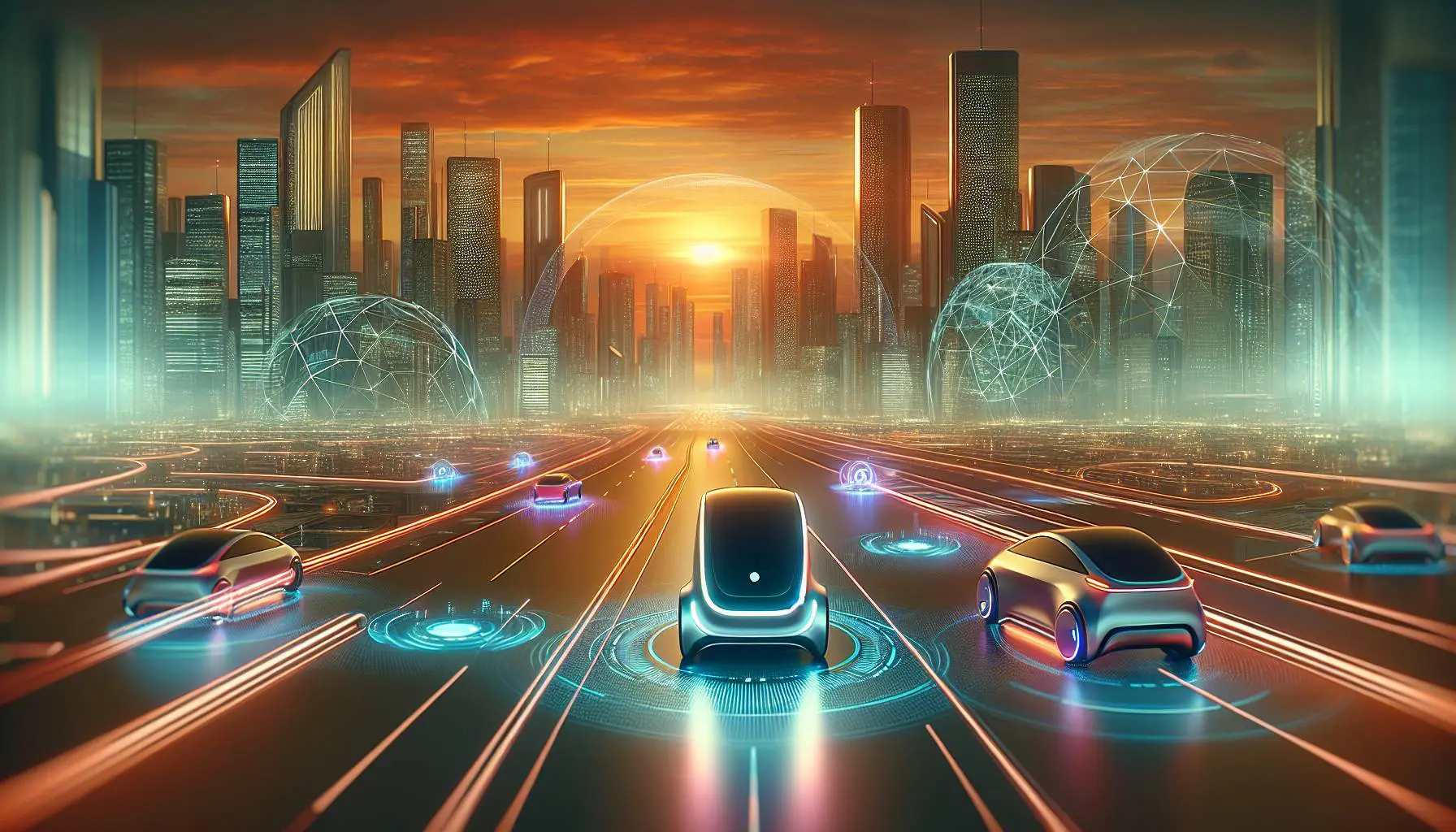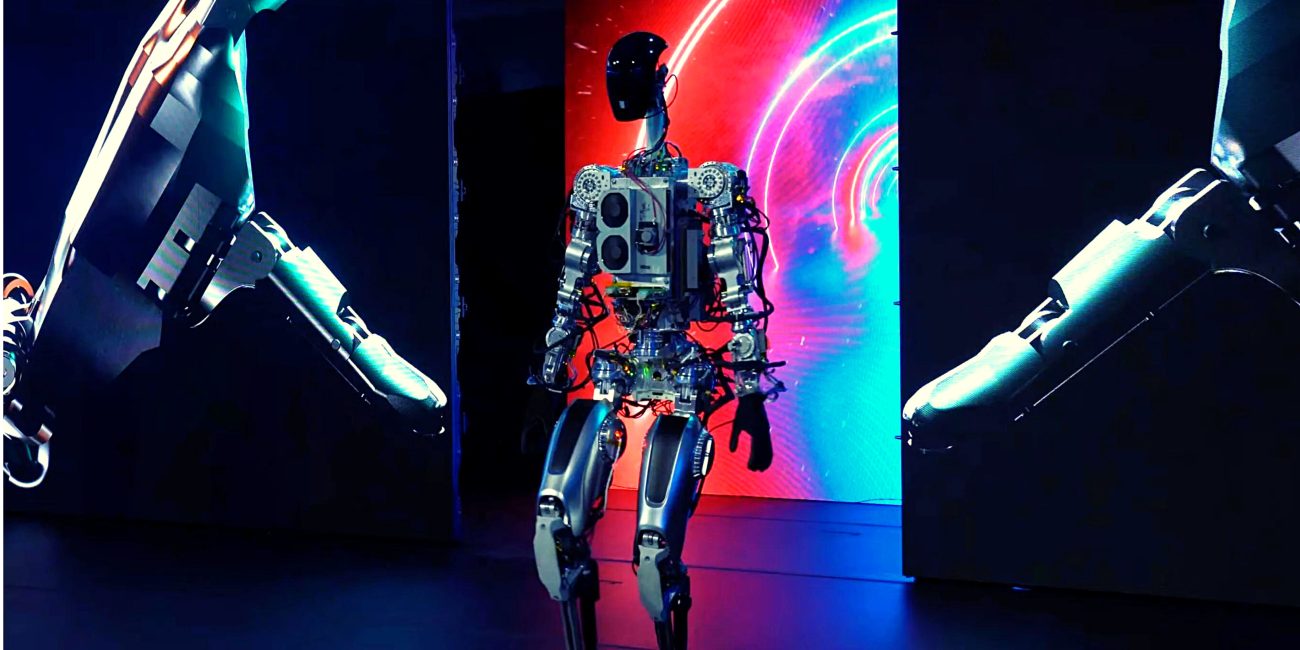Tesla is set to disclose a more than five-year low in its second-quarter margin on Tuesday, and CEO Elon Musk is expected to emphasize robotaxi and AI technologies
Over the past two years, Tesla’s margin has been compressed by discounts to clear inventory, price cuts, and incentives such as cheaper financing options to boost EV sales. Sales have also declined as customers grew weary of its outdated model lineup.
In April, a memo disclosed that the organization is reducing its global workforce by 10%.
Investors will now be interested in learning more about Tesla’s transition to self-driving technology and how this could again distinguish the company from other manufacturers, fostering the same type of stock rally, propelling it to a record high in 2021.
Musk had previously declared that Tesla would unveil its robotaxi on August 8. Still, he indicated last week that the automaker would require additional time to integrate a design modification in response to a media report that the launch had been postponed until October.
According to 20 analysts polled by Visible Alpha, Wall Street anticipates that Tesla’s automotive gross margin, excluding regulatory credits, will have declined to 16.27% in the April-June period, its lowest level since the first quarter of 2019.
The profit margin for vehicle sales, which excludes the sales of regulatory credits, was 16.36% in the January-March period and 18.14% in the second quarter of 2023.
In a note issued earlier this month, Bernstein analyst Toni Sacconaghi stated that Tesla’s discounted financing at a time when interest rates are elevated “represents an even less visible price cut.”
This expenditure is expected to be “realized gradually over the life of the loan, effectively pushing out margin pressure into future periods,” said the executive.
Analysts anticipate that margins will reach their lowest point by the conclusion of this year and begin to rise in the following year as the costs associated with Cybertruck’s production ramp-up decrease.
Over the next two, three, or five years, the potential for AI and robotaxis is immense. Paul Marino, Chief Revenue Officer of GraniteShares, which provides funds associated with Tesla’s stock, stated, “If you are a long-term investor, you will treat the margins as your medication.”

ROBOTAXIS
Tesla’s fleet of millions of vehicles on the road that can be converted to robotaxis with a software upgrade gives it an advantage over other automakers and ride-sharing platforms, according to some investors, who believe that the US robotaxi industry has little competition.
However, Tesla may encounter competition in China from BYD, the nation’s largest manufacturer of electric vehicles, and a dozen other companies that have implemented driver-assistance systems specifically designed to navigate densely populated urban areas, as it did with EVs.
Tesla has disclosed only a limited amount of information regarding its self-driving strategy.
“They may continue to maintain a low profile regarding the matter, as they are currently negotiating licensing agreements with OEMs. However, I anticipate that FSD adoption rates and other metrics will eventually be disclosed,” stated Jamie Meyers, a senior analyst at Tesla shareholder Laffer Tengler Investments.

Self-driving car and regulation experts have indicated that the company may be years away from releasing a completely autonomous vehicle with regulatory approval.
Self-driving companies like General Motors’ Cruise have encountered technical and regulatory obstacles. Musk, who recently supported Donald Trump for the presidency, may encounter new obstacles with robotaxis.
The biggest obstacle for FSD and robotaxis will be obtaining regulatory approvals. “The Trump administration could assist in expediting the process,” stated Dennis Dick, an equity trader at Triple D Trading who maintains a long position in Tesla.

GROWTH IN DELIVERIES AND AFFORDABLE CARS
Tesla’s strategic shift in vehicle development was declared in April, with the company deciding to introduce “new models” by early 2025. This decision diverges from its plans to introduce an entirely new model, as it will utilize existing car platforms and production lines.
“Investors are looking for a positive outlook into the future, with some near-term surprises that can be implemented quickly, and I think with the new lower-cost model, they’re going to want to see progress on that,” Marino said in an interview.
The number of vehicles delivered to customers by Tesla exceeded the expectations of analysts in the three months leading up to June. However, deliveries were approximately 5% lower than a year ago. According to analysts, the company is anticipated to experience a modest increase in deliveries this year compared to 2023.
Tesla must deliver a minimum of 977,815 vehicles in the second half of this year to match its 2023 delivery record of 1.81 million vehicles.
“I anticipate that deliveries will increase by a small amount during 2024 and by approximately 15% in calendar 2025.” Gene Munster, managing partner at Deepwater Asset Management, stated, “The most significant aspect is that they discuss the return of growth in September deliveries.”



